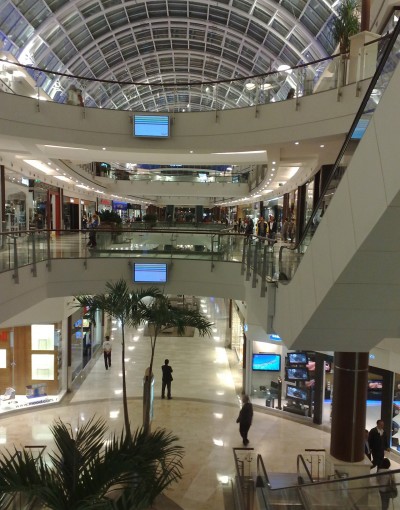By David Haar
When most digital signage networks are designed, there are early discussions about how to optimize the placement of screens to ensure the largest possible number of people will be exposed to the greatest amount of content, thus maximizing the project’s return on investment (ROI). Less understood, however, is the importance of optimizing the positioning of the network’s media players.
These information technology (IT) devices—typically small-format personal computers (PCs)—can significantly affect the total cost of ownership (TCO) for a digital signage network, particularly in terms of ongoing operations. They affect planners’ options for getting content onto the screens when they want it there.
Starting with screens
The actual placement of displays is probably the most important factor in designing a digital signage network, since any screen that cannot be properly seen by its audience will severely compromise the effectiveness of the entire network. Proper screen placement begins with answering a long list of questions and making sure requirements are met for the environment(s) that will host the digital signage network.
Screens in public areas need to be clearly visible but non-obstructive, installed in ‘dwell’ zones where people will have enough time to see them. The optimal distance from screen to viewer will also need to be determined, so the digital signage content will not appear too big or too small. Additionally, safety factors must be taken into consideration.
On top of all these factors, a number of natural and/or manmade barriers to screen placement will need to be overcome before the network can be installed. These barriers include security cameras, glare from sunlight and long distances to power sources, among others.
Only by successfully meeting all of these placement challenges can a digital signage network design facilitate optimal screen viewing and provide the best results.
Mission-critical media
Compared to the displays, media players would seem to support a much wider range of placement options. Since they do not need to be seen by the public, they can be placed almost anywhere, including both public and private zones.
That said, media players have their own set of placement requirements, which are at least as rigorous as those governing the installation of screens. While issues with screen placement mainly affect the effectiveness of message delivery and ROI, issues with media player placement are more likely to affect TCO.
The reason media players play such a significant role in digital signage networks is because they provide the content that appears to the audience. Next to the displays, they are the most mission-critical components of digital signage infrastructure.






